| When I entered graduate school at the University of Arizona in 2012, I began studying how risk for complex disease is influenced by genetics, environment, and development. I became fascinated as I learned that exposures to diverse microorganisms in early life, especially within the first year, greatly influence risk for complex diseases, like asthma. Why was the environment so important? And why was the first year of life so critical to disease pathogenesis? I hoped to find a dissertation project that would allow me to investigate these questions on a deeper level. One of the reasons I sought Dr. Donata Vercelli as my mentor was not only her expertise in the asthma and allergy fields, but the way in which she incorporated a diverse set of analytical tools and experimental models to understand gene-environment interactions in different developmental contexts and their impact on asthma pathogenesis. While I was interested by all the projects in the Vercelli lab, I felt drawn to a project that was studying epigenetic modifications (which are involved at the mechanistic intersection of genetics, environment, and development) to understand whether immune cells from at birth could tell us anything about the development of asthma during childhood. This project provided the perfect opportunity for me to begin studying the early origins of disease and I immediately recognized the potential of the study design, which involved data and samples from the Infant Immune Study (IIS) birth cohort, a population-based study at the Asthma and Airway Disease Research Center. Using this human birth cohort as our anchor, my colleagues and I began to address a critical set of unanswered questions: does the trajectory to asthma begin at birth and, if so, does this trajectory involve epigenetic mechanisms? Long story short, we showed for the first time that children who became asthmatic during the first decade of life already had an altered immune epigenome at birth! This suggested to us that prenatal factors may have ultimately led to asthma and provided a rationale to hypothesize whether the trajectory to asthma begins even earlier, that is, in utero. Separate work from the IIS cohort supported this hypothesis, showing that the mother’s immune environment during pregnancy was associated with asthma in her child. Fast forward a few years, I’m now a post-doctoral research associate, still working in the Vercelli lab. I became involved in several other projects, all of which are linked to different environments and their impact on asthma inception. My main project, however, was designed as a continuation of my dissertation work. Once again, my colleagues and I leveraged data from the IIS birth cohort and relied on a novel mother-to-child framework to show that the maternal prenatal immune environment shapes the neonatal immune epigenome as well as neonatal innate immune responses to microbial stimuli, all of which relates to asthma risk (PMID: 35841380). More importantly, we discovered that the neonates with the lowest risk for asthma had higher innate immune responses to microbial stimuli, which is indicative of innate immune memory or “trained immunity.” I am eager to start a new line of investigation to begin understanding how microbial exposures during pregnancy influence innate immune memory at birth and to determine the impact on innate immune responses to microbes over the first year of life. My training is in cellular and molecular biology with an emphasis in bioinformatics. I use computational approaches to analyze different omics technologies from distinct, yet integrated, experimental models to gain insights into how environmental and developmental factors influence asthma pathogenesis. If you’d like to hear more about my research, feel free to email me at [email protected]. | Dr. Avery Ann DeVries was awarded a Postdoctoral Research Development Grant (PRDG) from the University of Arizona for a project titled “Environmental Influences on Innate Immune Response and its Role in Childhood Asthma”. |
|
0 Comments
|
SpotlightEach month we'll feature a Postdoctoral Scholar and their research, sharing their experiences from the UA, life in Arizona and their research interests. Archives
November 2022
Categories |
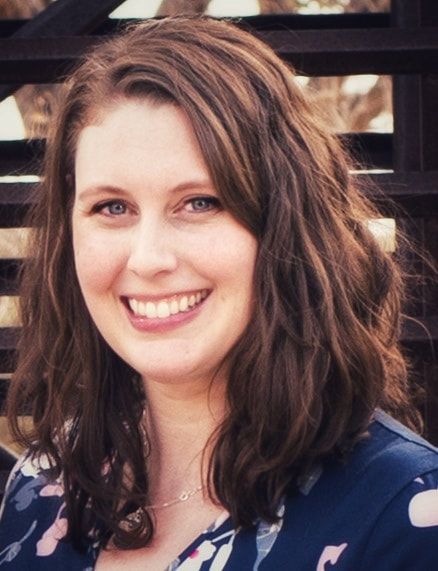
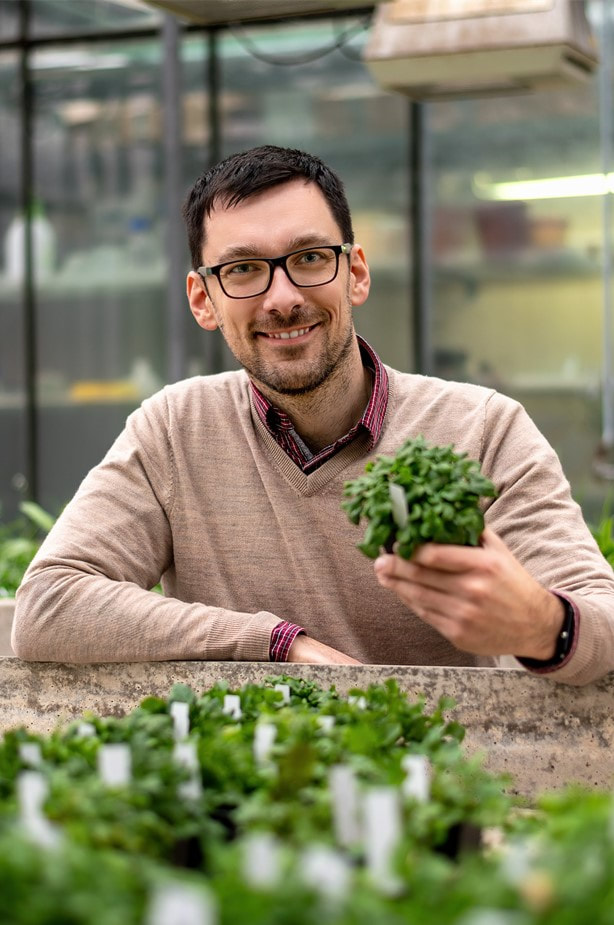
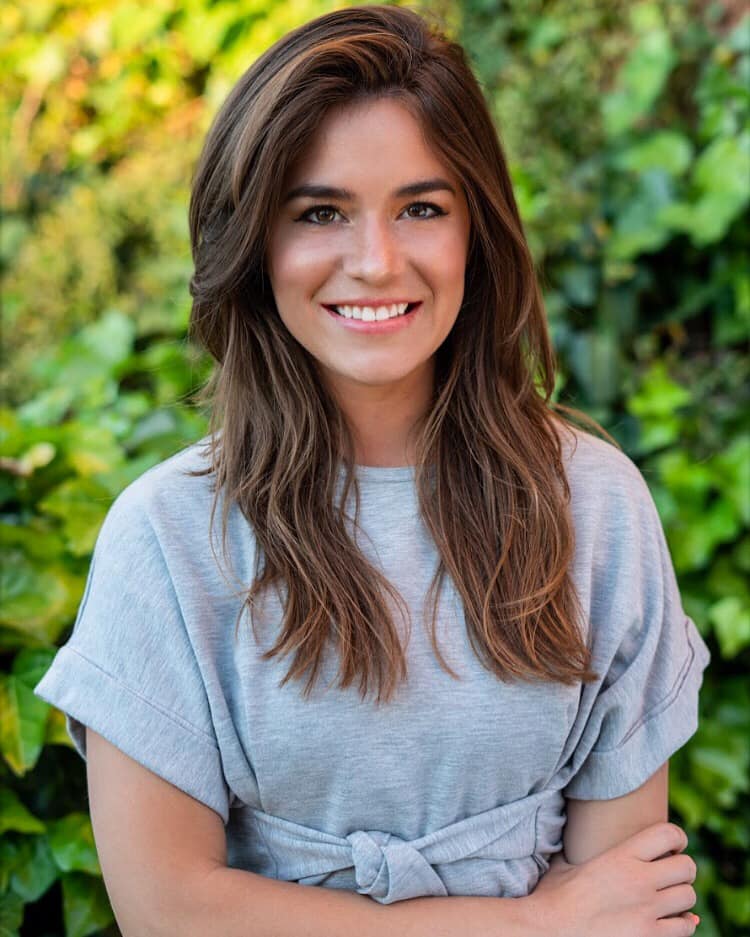
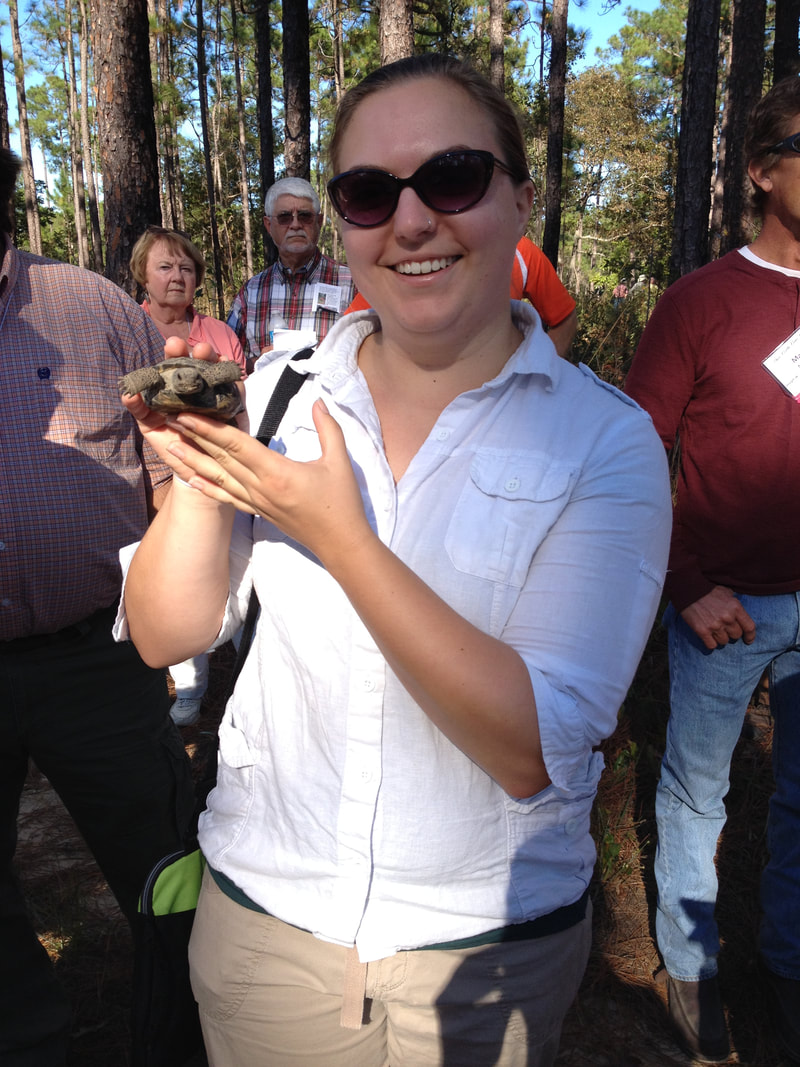
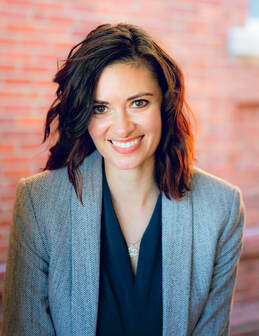
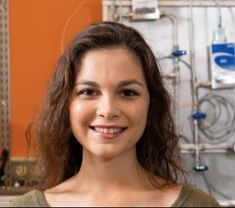
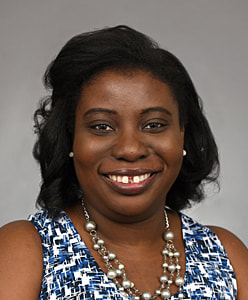
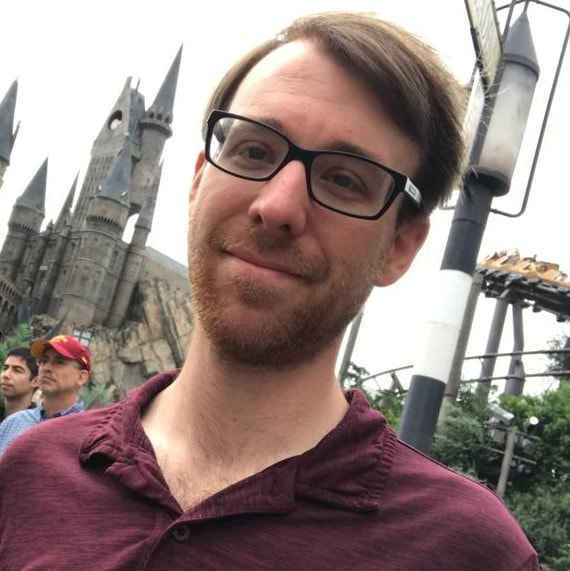
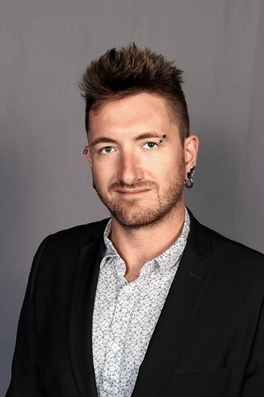
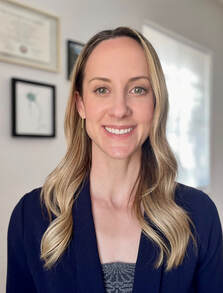
 RSS Feed
RSS Feed
